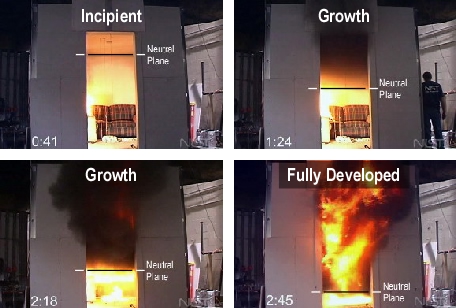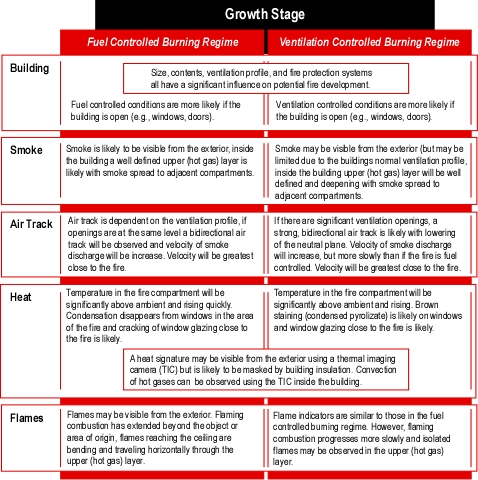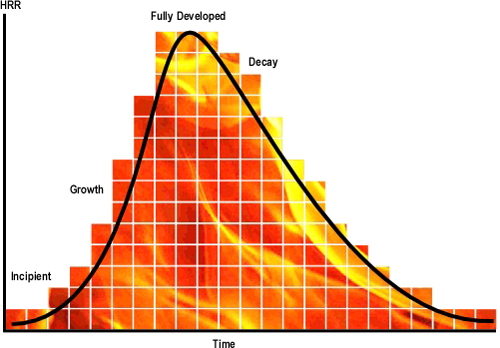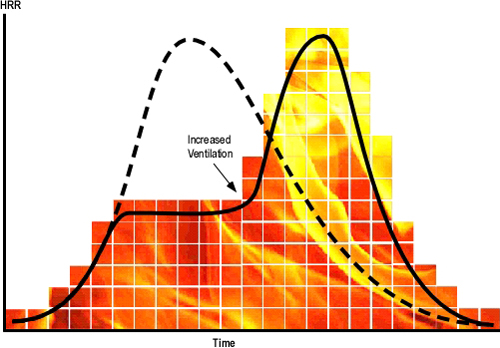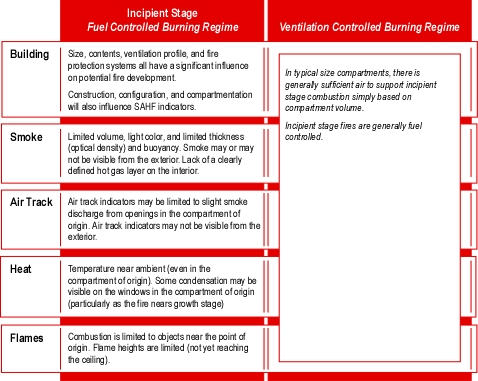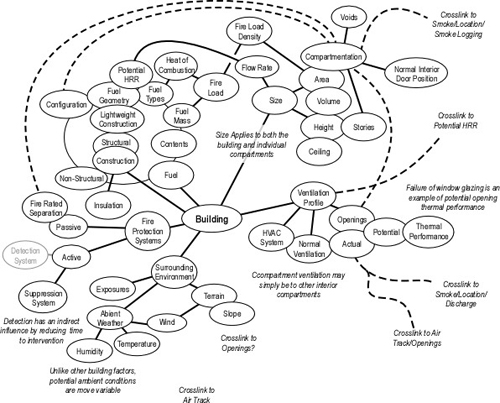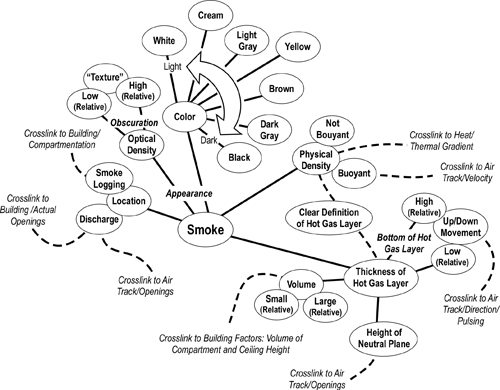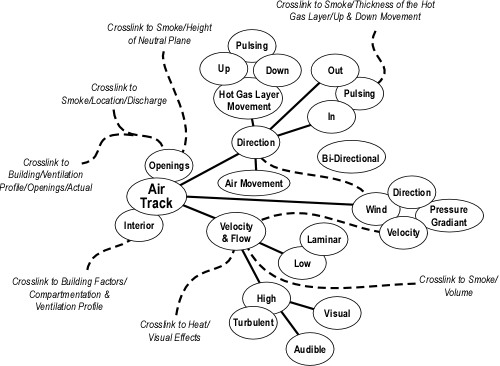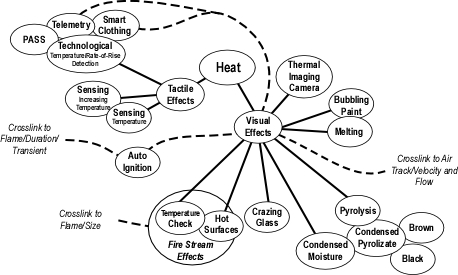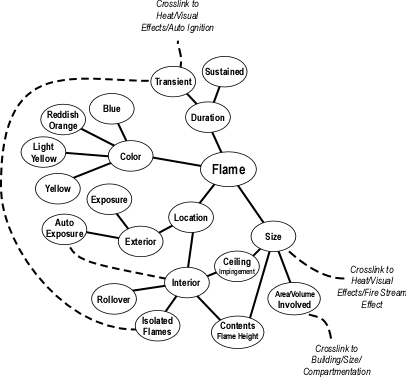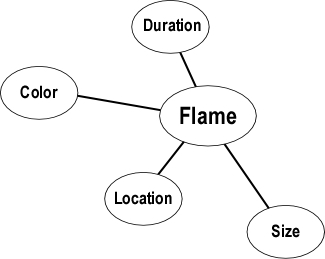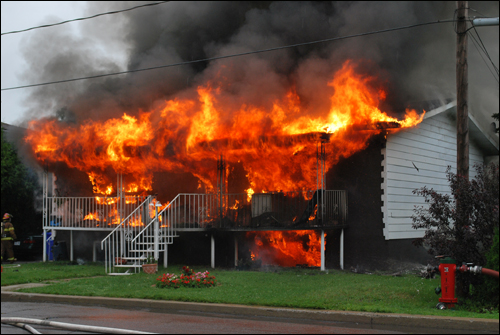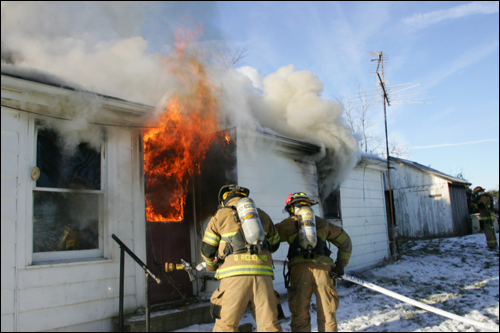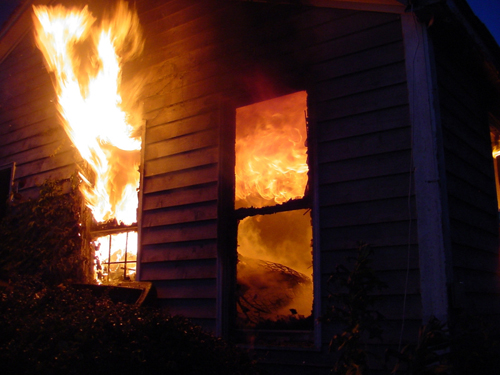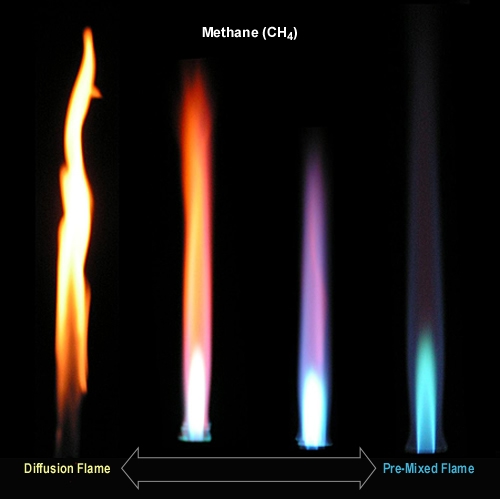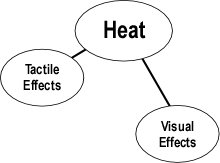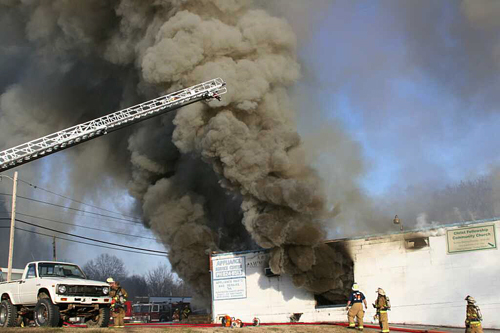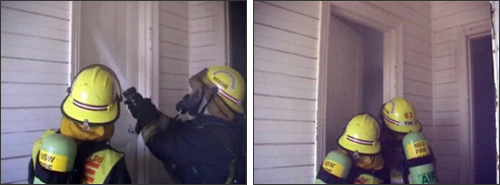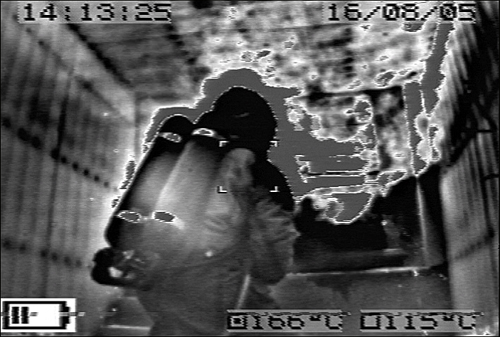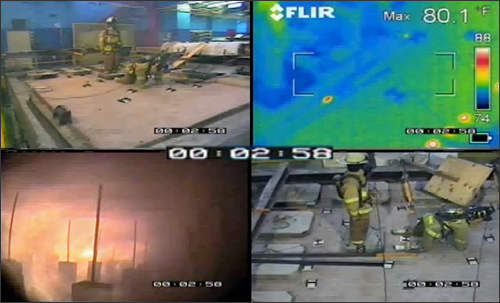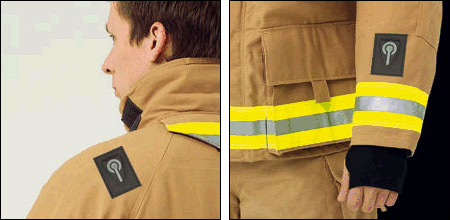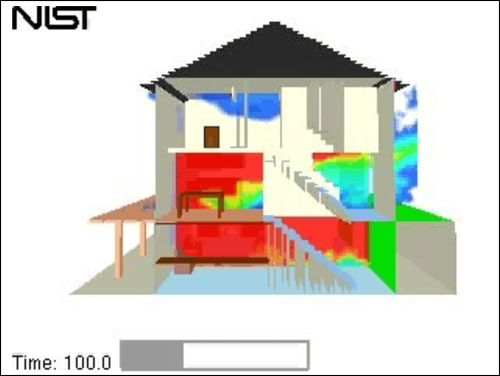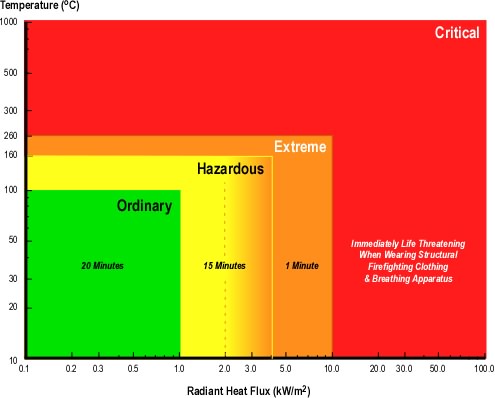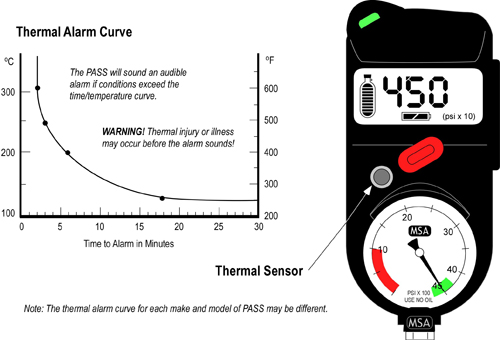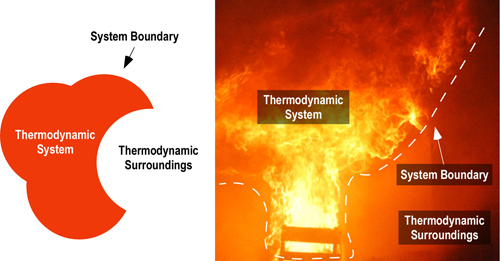Reading the Fire 10
Thursday, October 8th, 2009Chicago Dollar Store Fire
On the morning of October 1, 2009 the Chicago Fire Department (CFD) responded to a fire in the Super Dollar and Up store at 3952 West Cermak Road. CFD Senior Fire Alarm Operator and Fire Photographer Steve Redick captured early incident operations on video.
The first segment of the video was shot in the alley on Side C from the B/C Corner. The next several minutes of video are shot from positions on Side A as indicated in Figure 1.
Figure 1. Plot Plan and Approximate Video Camera Locations
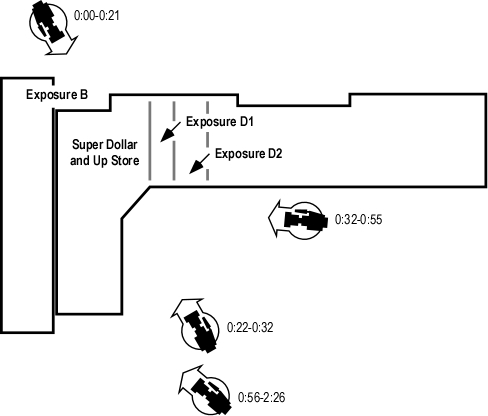
Download the B-SAHF Worksheet.
Watch the first 60 seconds of Video Segment 1. Consider the information provided in this segment of the video clip. First, describe what you observe in terms of the Building, Smoke, Air Track, Heat, and Flame Indicators and then answer the following five standard questions?
- What additional information would you like to have? How could you obtain it?
- What stage(s) of development is the fire likely to be in (incipient, growth, fully developed, or decay)?
- What burning regime is the fire in (fuel controlled or ventilation controlled)?
- What conditions would you expect to find inside this building?
- How would you expect the fire to develop over the next two to three minutes?
After completing the B-SAHF worksheet and answering the five standard questions, watch the next minute and twenty seconds of the video.
- Did you anticipate this change?
- What factors may have influenced this change in conditions?
Visit Steve Redick’s Web Site for additional video and excellent photos of this incident.
Memphis Dollar Store LODD
The rapidly changing conditions in the Chicago incident reminded me of the fire in Memphis, Tennessee that took the lives of Lieutenant Trent Kirk and Private Charles Zachary. Similar to the fire in Chicago, this incident involved a fire in a one-story, non-combustible building containing multiple commercial occupancies. As companies arrived they observed a small volume of smoke from the roof and little smoke inside the building. Approximately nine minutes after arrival conditions worsened with a large volume of smoke pushing from the doorway on Side A. Crews became disoriented as a result of rapid fire progression, and Lieutenant Kirk and Private Zachary were trapped.
For additional information on this incident see NIOSH Death in the Line of Duty Report F2003-18 and Memphis Fire Department Director’s Review Board Family Dollar Store Fire report.
Dollar Stores as a Target Hazard
Dollar stores and similar types of commercial occupancies should be considered as a target hazard that presents a significant threat to firefighters. These types of stores are generally in an enclosed building (good access from the front, but not generally from the other sides of the building) with high ceilings and a cockloft or other ceiling void space. In addition, this type of store contains a large fuel load comprised predominantly of synthetic fuel with a high heat of combustion (think high energy) and potential for extremely rapid fire development.
Fires in this type of occupancy are not uncommon! A quick search uncovered 15 similar incidents across the United States in the last three years (and 11 in 2009). There were likely more (as the scope of this search looked for fires in “dollar stores” and stopped after the first several hundred hits with the Google search engine).
- Broadview, IL (June 9, 2009)
- Flint, MI (August 24, 2009)
- Lubbock, TX (September 15, 2009)
- Terre Haute, IN (June 29, 2009)
- New York, NY (June 9, 2009)
- Midlothian, IL (February 6, 2008)
- Highland Park, MI (October 7, 2007)
- Denver, CO (June 29, 2009)
- Sanford, FL (March 23, 2009)
- Chattanooga, TN (April 14, 2009)
- Conklin, NY (August 27, 2009)
- Muncie, IN (September 16, 2009)
- Lake Worth, TX (November 25, 2006)
- Omaha, NE (April 8, 2008)
- Bells Corner, PA (June 3, 2009)
Building Factors and Fire Behavior
Building factors include the construction, configuration, and contents of a structure. These factors are critical fire behavior indicators that must be assessed during pre-planning and in the course of size-up and incident operations. Consider how building size (particularly volume, ceiling height, and presence of ceiling, attic, or cockloft void spaces) impacts on both fire behavior and how the other B-SAHF indicators present.
Reporting on the Dollar Store fire in Chattanooga, TN in April 2009, a Chattanooga Fire Department spokesperson said:
At first, it appeared that the firefighters would be able to get the fire under control fairly quickly, but the fire got into the attic and was difficult to locate in the thick, black smoke… The firefighters made an interior attack and tried to use thermal imaging cameras to locate the fire. However, other firefighters noticed that the roof was beginning to sag, so the order was given to evacuate the building for the safety of the firefighters.
It is essential to recognize potential for worsening conditions and extreme fire behavior. This is particularly important when faced with an incident outside the norm of fires in residential structures such as one and two-family dwellings and apartments.

Posts from Sandö, Sweden
Next week I will be posting from Sandö, Sweden as 12-16 October I will be participating in a Compartment Fire Behavior Training Workshop at the Swedish Civil Contingencies Agency College. Along with representitives from Australia, Canada, Germany, and Spain, I will be studying contemporary approaches to fire behavior training as well as the evolution of Swedish fire behavior training since the 1980s. This workshop provides a tremendous opportunity to learn along with Mats Rosander, Nils Bergström, and Marcos Dominguez, poneers in the evolution of fire behavior training in Sweden and around the world.
Ed Hartin, MS, EFO, MIFIreE, CFO



